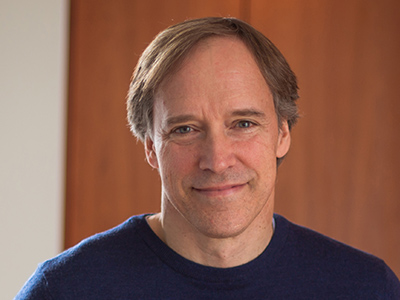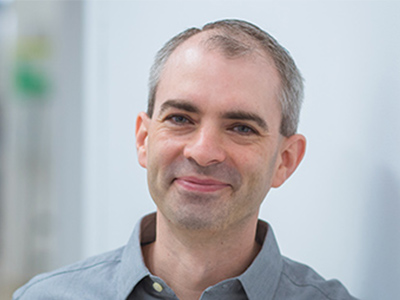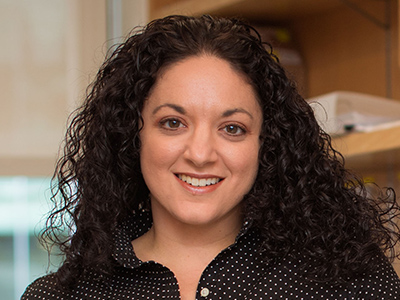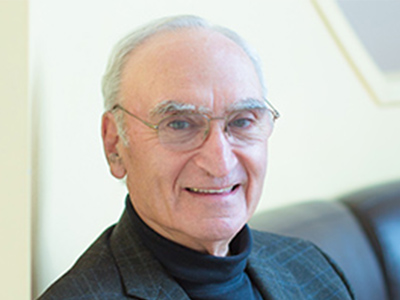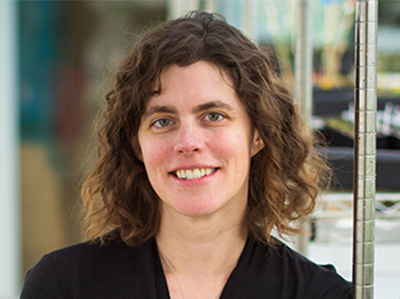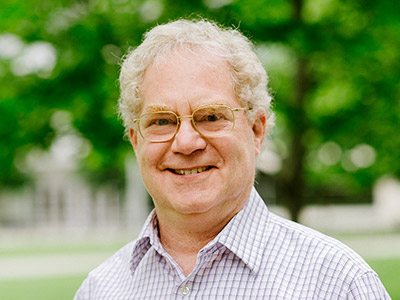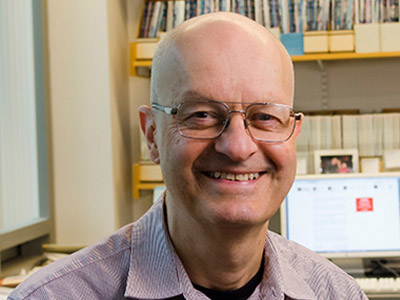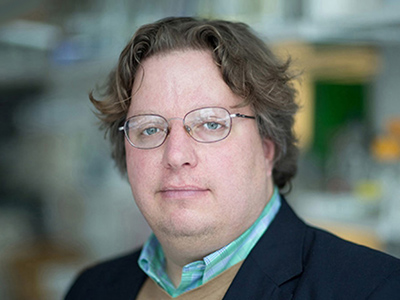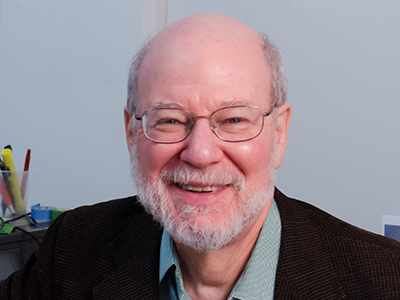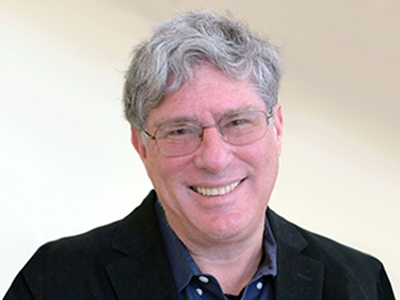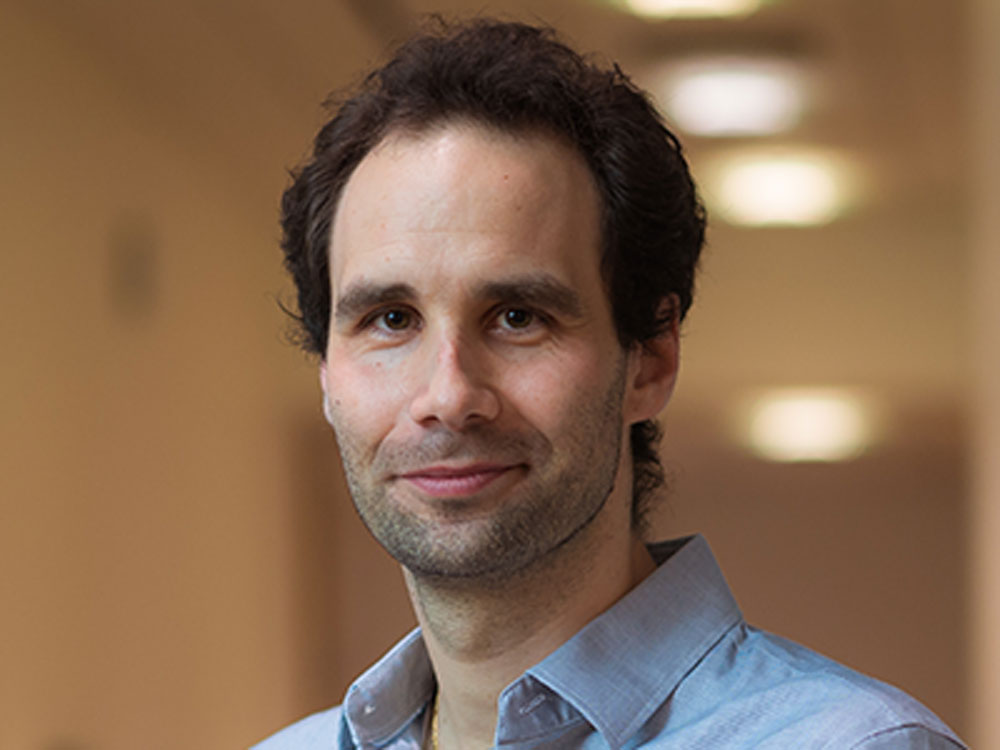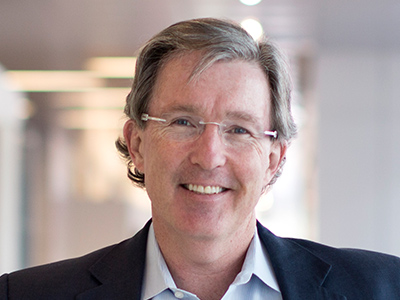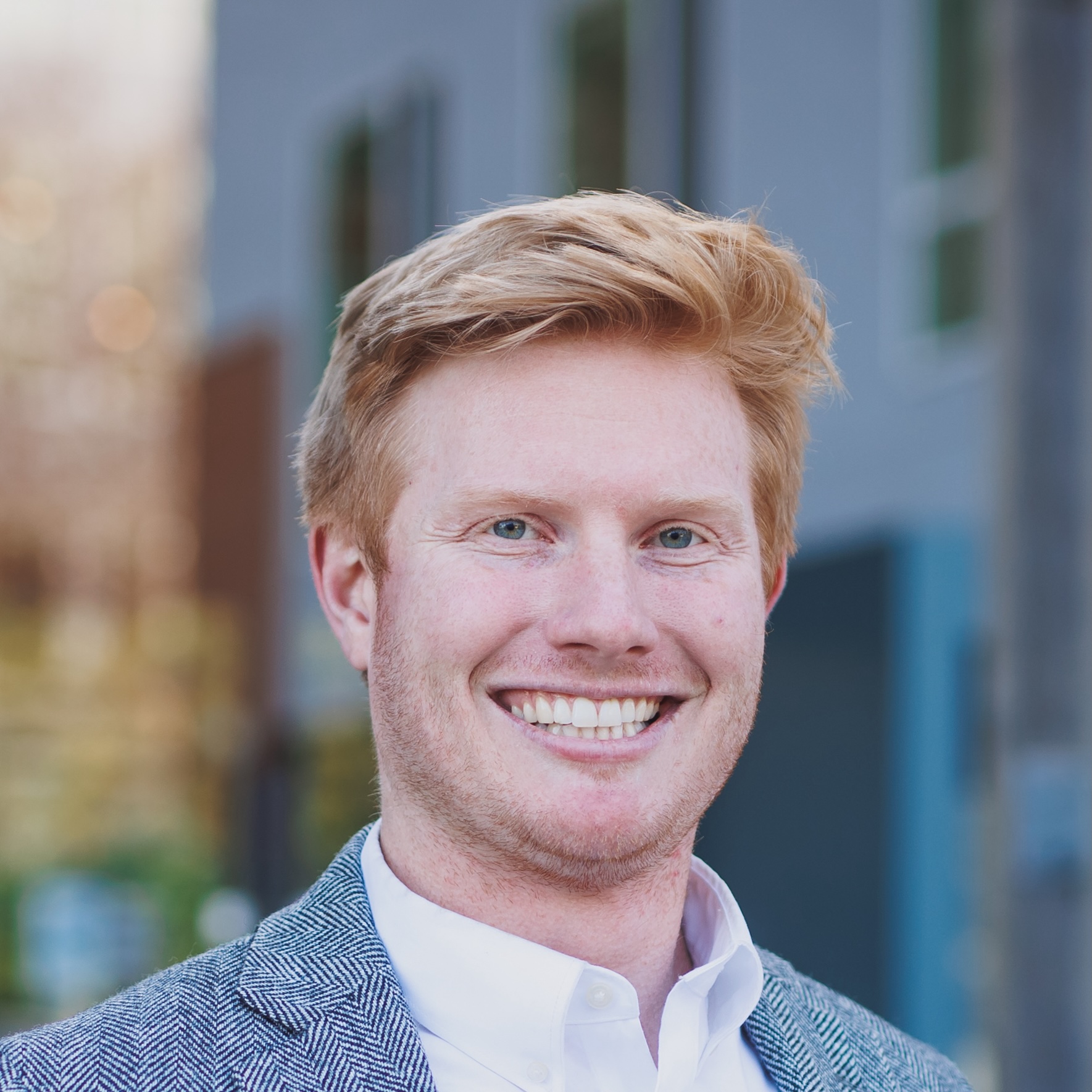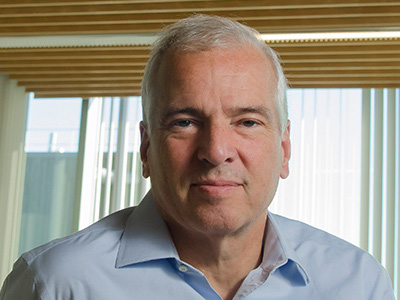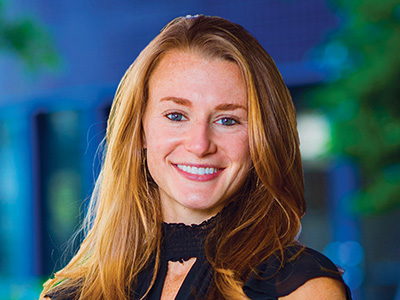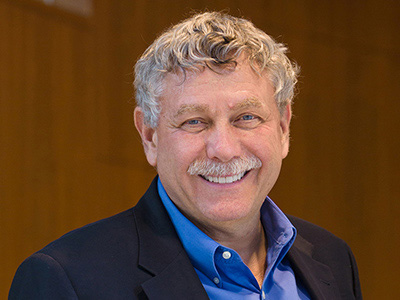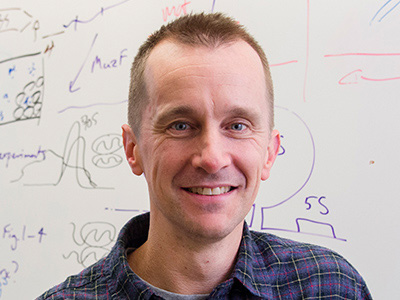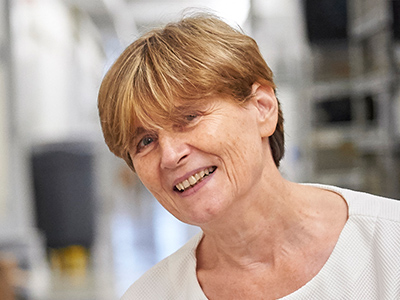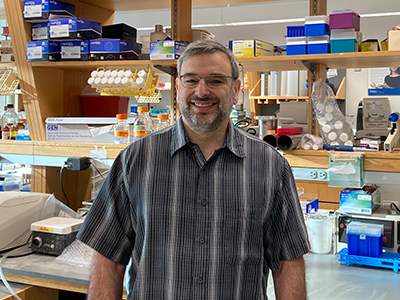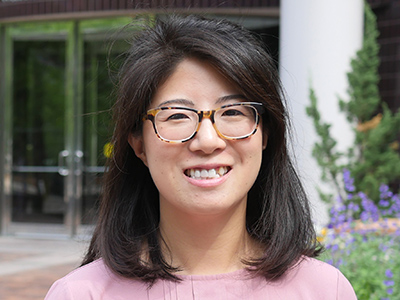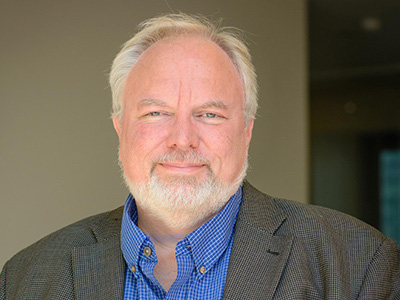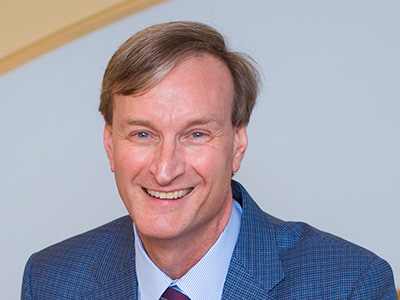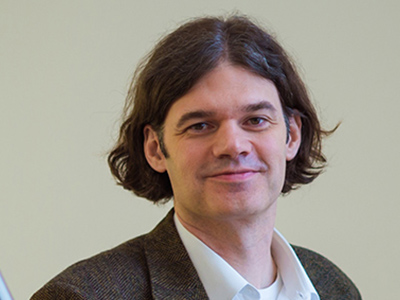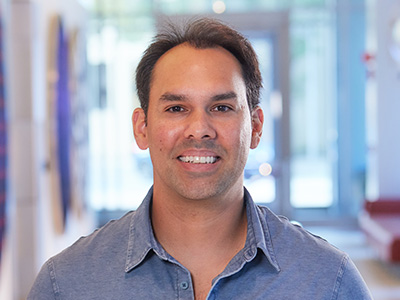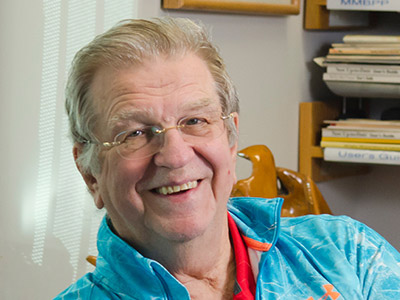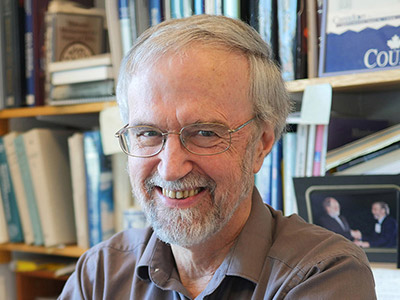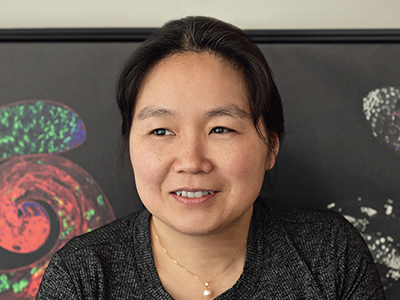David Bartel studies molecular pathways that regulate eukaryotic gene expression by affecting the stability or translation of mRNAs.
Iain M. Cheeseman
Associate Dept. Head
Iain Cheeseman analyzes the process by which cells duplicate, focusing on how the molecular machinery that segregates the chromosomes is rewired across diverse physiological contexts.
Olivia Corradin investigates the genetic and epigenetic changes in gene regulatory elements that influence human disease.
Gerald R. Fink investigates how fungal pathogens invade the body, evade the immune system, and establish an infection.
Mary Gehring
Graduate Officer
Mary Gehring researches epigenetic mechanisms of gene regulation in plants.
Alan Grossman studies mechanisms and regulation of DNA replication, gene expression, and horizontal gene transfer in bacteria.
Leonard P. Guarente looks at mammal, mouse, and human brains to understand the genetic underpinning of aging and age-related diseases like Alzheimer’s.
Michael T. Hemann uses mouse models to combat cancers resistant to chemotherapy.
H. Robert Horvitz analyzes the roles of genes in animal development and behavior, gaining insight into human disease.
David Housman studies the biological underpinnings of diseases like Huntington’s, cancer, and cardiovascular disease.
Siniša Hrvatin studies states of stasis, such as mammalian torpor and hibernation, as a means to harness the potential of these biological adaptations to advance medicine.
Tyler Jacks is interested in the genetic events contributing to the development of cancer, and his group has created a series of mouse strains engineered to carry mutations in genes known to be involved in human cancers.
Matthew Jones
(Effective Jan 2026)
Matthew Jones integrates computational and technological advances to decode the molecular processes underlying spatiotemporal tumor evolution, with a focus on genomic instability and extrachromosomal DNA.
Before closing his lab, Chris A. Kaiser analyzed protein folding and trafficking in cells.
Kristin Knouse seeks to understand and modulate organ injury and repair by innovating tools for experimentation directly within living organisms.
Eric S. Lander is interested in every aspect of the human genome and its application to medicine.
Michael T. Laub explores how bacterial cells process information and regulate their own growth and proliferation, as well as how these information-processing capabilities have evolved.
Ruth Lehmann studies the biological origins of germ cells, and how they transmit the potential to build a completely new organism to their offspring.
Daniel Lew uses fungal model systems to ask how cells orient their activities in space, including oriented growth, cell wall remodeling, and organelle segregation.
Pulin Li is interested in quantitatively understanding how genetic circuits create multicellular behavior in both natural and synthetically engineered systems.
Troy Littleton is interested in how neuronal connections form and function, and how neurological disease disrupts synaptic communication.
David C. Page examines the genetic differences between males and females — and how these play out in disease, development, and evolution.
Peter Reddien works to unravel one of the greatest mysteries in biology — how organisms regenerate missing body parts.
Francisco J. Sánchez-Rivera aims to understand how genetic variation shapes normal physiology and disease, with a focus on cancer.
Anthony J. Sinskey
(1940 - 2025)
Anthony J. Sinskey explored the principles of metabolic engineering in both bacteria and plants.
Graham C. Walker studies DNA repair, mutagenesis, and cellular responses to DNA damage, as well as the symbiotic relationship between legumes and nitrogen-fixing bacteria.
Yukiko Yamashita studies two fundamental aspects of multicellular organisms: how cell fates are diversified via asymmetric cell division, and how genetic information is transmitted through generations via the germline.

